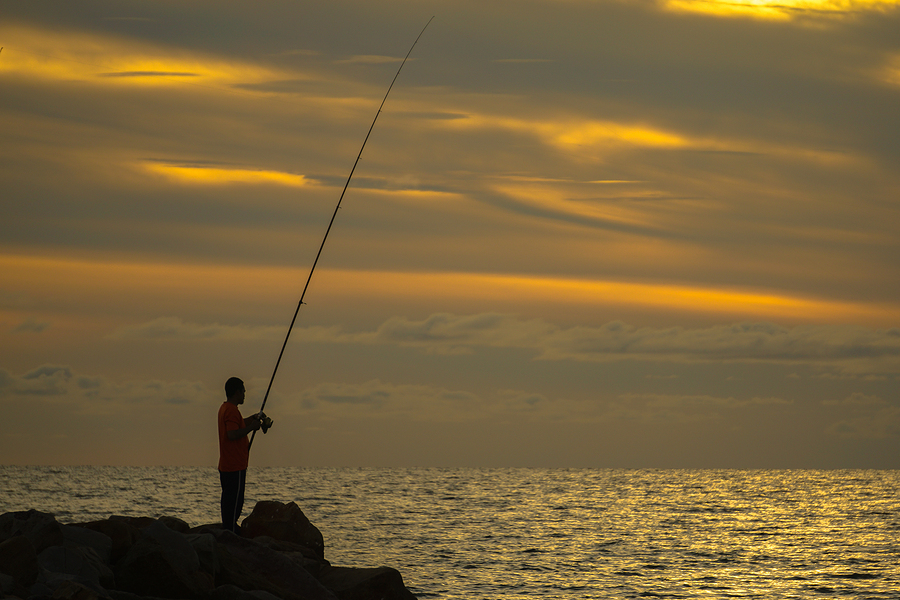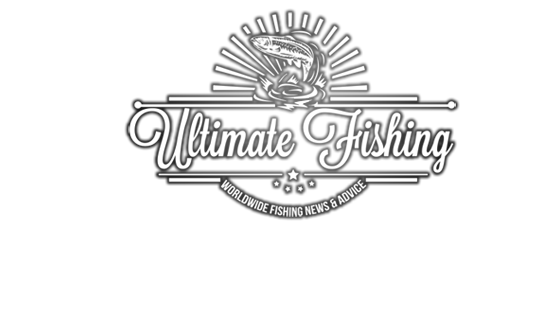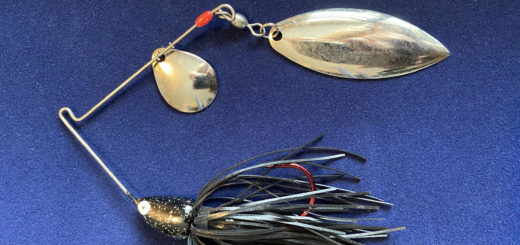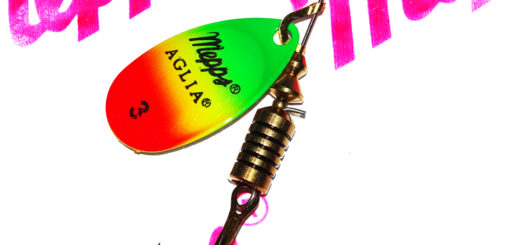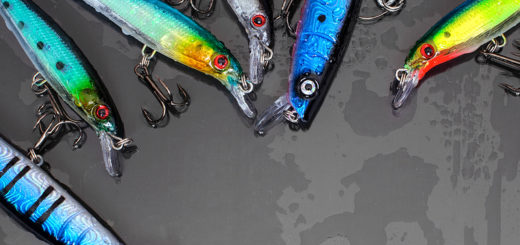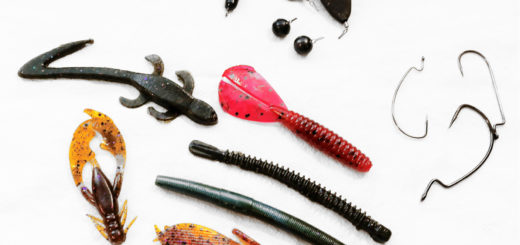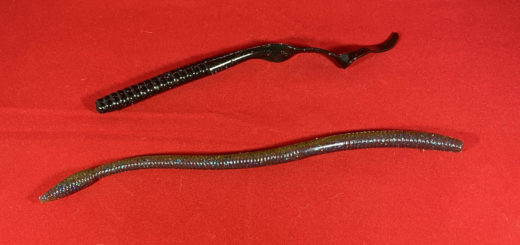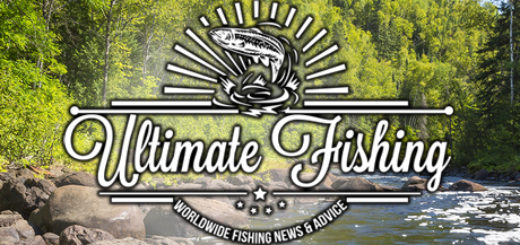
Silhouette of people enjoying the Surf fishing with background of beautiful sunset.Surf fishing is the sport of catching fish standing on the shoreline or wading in the surf.
Surfcasting with artificial lures can be an exciting alternative to using live bait. There are a variety of lures that will work vey well in a multitude of situations. Not only that, but fishing from the beach with artificial lures eliminates that extra stop at the bait store before you can get out there to fish. You carry all of your lures with you, so you can go directly from home or work… straight to the water!
Many artificial lures will work well for surfcasting, but that doesn’t mean you need to haul around a huge, heavy tackle bag in order to be successful. In fact, many anglers limit their selection to just five different kinds of lures in a small variety of weights. Many feel that color is not as important as size and action in the way of lures. They still attempt to “match the hatch”, as in other forms of fishing, but they do this mostly by selecting the appropriate size lure than is castable enough to reach the fish they are targeting.
It is important to remember that, even though you are fishing in the ocean, the water that you are targeting is fairly shallow. This means that you do not need an excessively heavy lure, but you will want one that can still cast a good distance. For that reason, some anglers swear by metal lures or, “casting tins”, as they are sometimes called. Lures such as the Hopkins No=Eql, the Krocodile Spoon, and the Swedish Pimple fit into this category. These lures are heavy, which helps the angler to get the lure out to where the fish are schooled. But the relative smaller size and aerodynamic profile of the metal lures allow the lure to travel farther to reach fish that may otherwise be out of reach to a surfcaster. They are also very versatile and can be worked from the bottom to the top of the water column.
Most anglers agree that there is not better action when fishing that watching your quarry explode on a top water lure, and the same is true when surfcasting with lures. Surface poppers are great for calmer conditions and are used to target fish that are looking to the surface for their prey. Pencil poppers are great for imitating wounded bait fish, which is sure to bring in some hungry game fish looking for an easy meal. A 1 – to 3-oz. version of these baits is usually all that is needed, although they do come in a wide variety of weights and sizes. The target species will determine how to work the lure. For example, for blues, the angler should speed the pencil popper across the top, as blues will chase faster bait. For stripers, though a more slow and methodical presentation is better to draw these bass to the surface.
Diving Minnows are another favorite for anglers wishing to surf cast with fishing lures. Shallow divers are the best due to the fact that the water will be more shallow where surfcasters are fishing. Fishing these lures in rising tide will bring the most action, as will targeting the deeper holes along the beach.
Many anglers will not head to the ocean’s edge without a bucktail jig when surfcasting with lures. Bucktails are incredibly versatile and will attract almost any species you want to target from the beach. Using a soft plastic trailer can enhance the appeal of these jigs, and anglers should feel free to experiment with different trailers in different conditions. It is important, however, when using bucktails, to work them on braided line. Monofilament line is not as sensitive as braid, making it more difficult to detect the movements of fish and other things under the water. Monofilament also has a good deal of stretch where braid does not. This will greatly affect the power behind your hook set. When you set the hook, your 10 – or 12-foot surfcasting rod will bow, you may leave a bit of slack in the line, or the wind may adversely affect your hooking power. With non-stretch braid, many of these issues can be eliminated. You want to have all of the power of your hook set to transfer directly to that fish to power the hook through its jaw. Braid will definitely help you do that.
Anglers should keep aware of what is happening around them, too. Often you will see the schooling bait fish coming to the surface, or even out of the water. Birds are also great indicators. They are feeding on the bait fish for the most part. They are competing with your targeted species so, where the birds are, your targeted species should not be too far away. Keeping this in mind, and experimenting with different types of lures when surfcasting, will greatly increase your chances of success.
